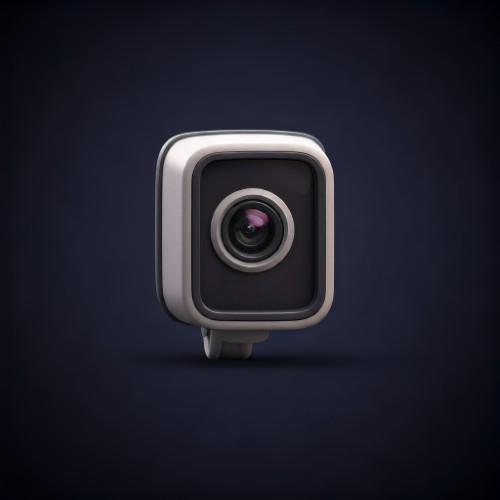Aging in Place, Elevated: Vineyard Park at South Hill’s Refresh
The desire to age in place is a common one, and the ongoing renovations at Vineyard Park at South Hill in Spokane are designed to support just that. Following its acquisition by Care Partners Senior Living, this community is being thoughtfully redesigned to allow residents to remain comfortably and happily in their homes as they age.
Aleshia Salter, Vineyard Park’s executive director, understands the importance of creating an environment where residents can truly thrive. The renovations, which include everything from new flooring and paint to updated furniture and landscaping, are designed to enhance both the aesthetics and functionality of the community. But it’s the commitment to aging in place that truly sets Vineyard Park apart.
For many seniors, the prospect of navigating the complexities of senior living can be daunting. The thought of constant moves and disruptions can be especially unsettling. Vineyard Park addresses this concern by offering a seamless transition between independent and assisted living. Residents can remain in their familiar surroundings, receiving the appropriate level of care as their needs evolve. This eliminates the “transfer trauma” often associated with moving between different facilities, allowing seniors to age gracefully and comfortably within their own community.
The renovations at Vineyard Park are more than just cosmetic improvements. They represent an investment in creating a supportive and enriching environment for seniors. From the restaurant-style dining and social spaces to the therapy room and outdoor courtyards, every aspect of the community is designed to promote well-being and engagement. These enhancements align perfectly with the needs of seniors who are looking for senior living options that prioritize independence, community, and access to quality care.
As individuals approach their retirement years, the ability to age in place becomes increasingly important. Vineyard Park at South Hill offers a compelling model for how senior living communities can support this desire. By prioritizing resident input, offering a continuum of care, and creating a warm and welcoming atmosphere, Vineyard Park is helping to redefine what it means to age in place. It’s not just about staying in one’s home; it’s about living a full and meaningful life, surrounded by community and supported by compassionate care. For seniors seeking a place to call home, Vineyard Park at South Hill deserves a closer look.









